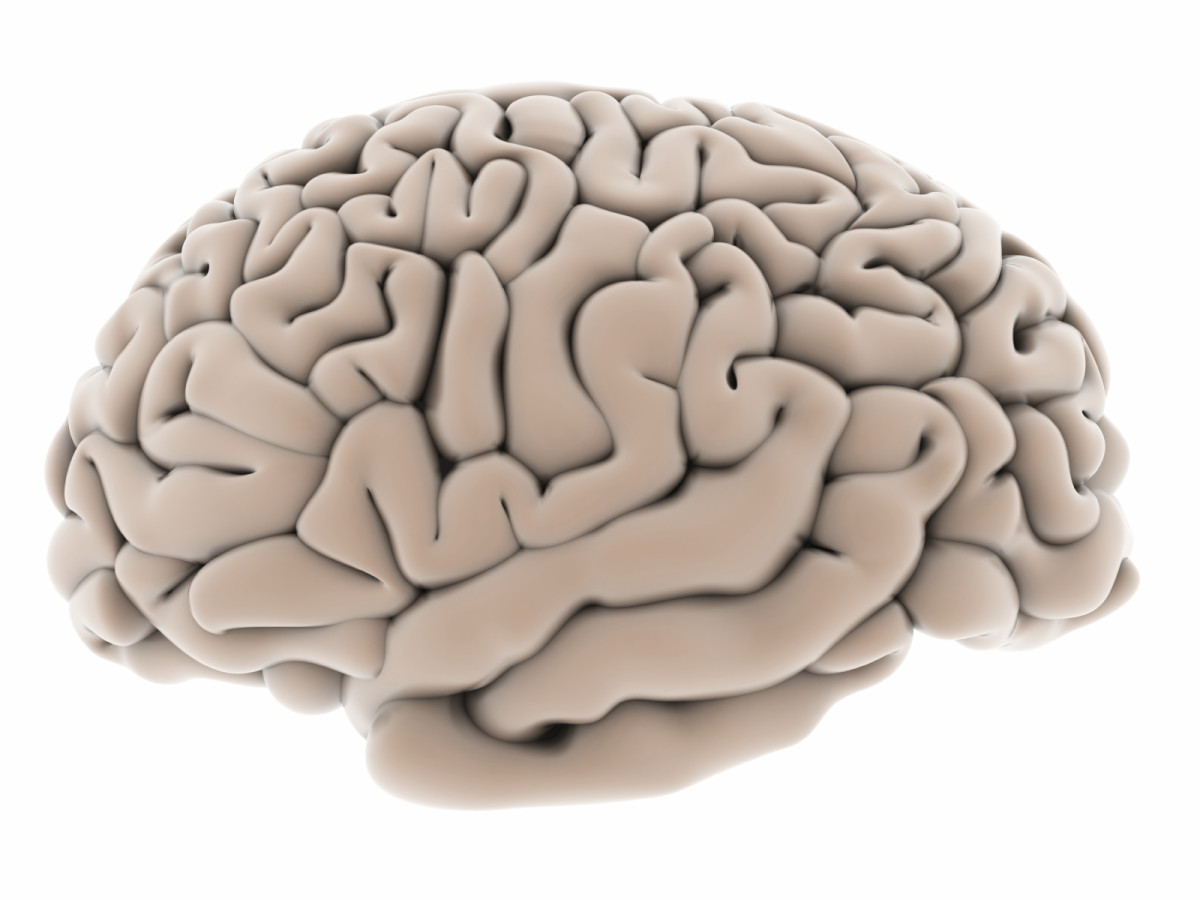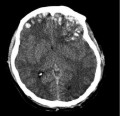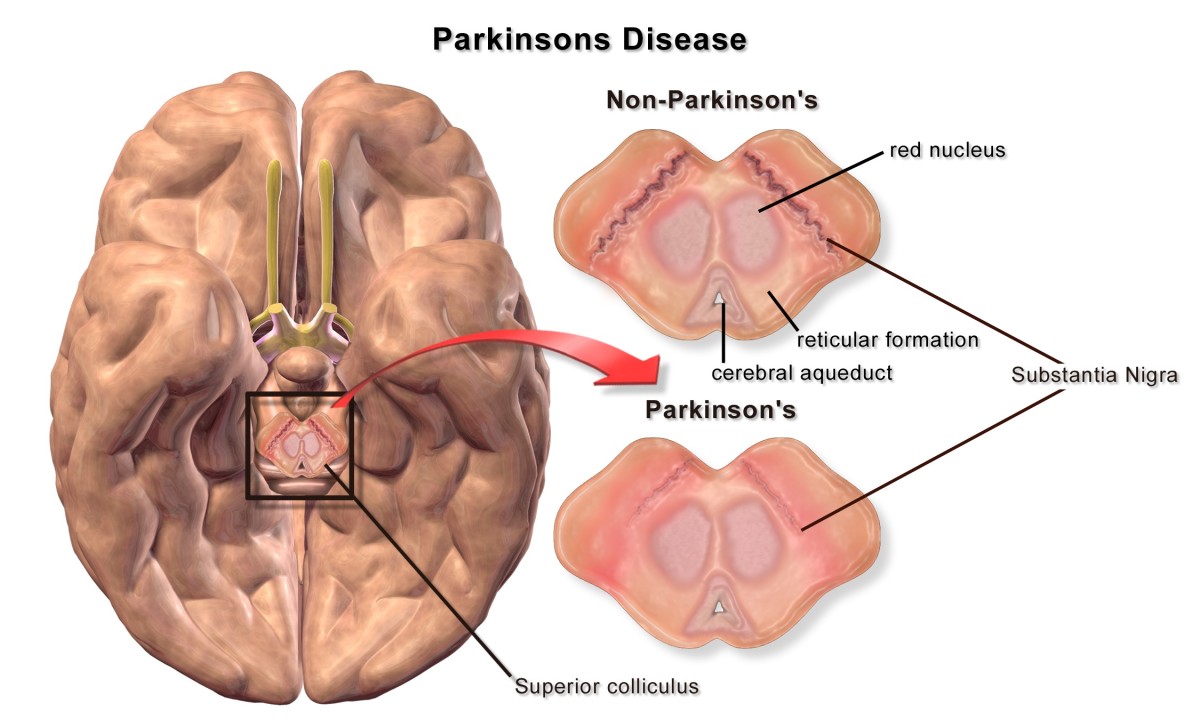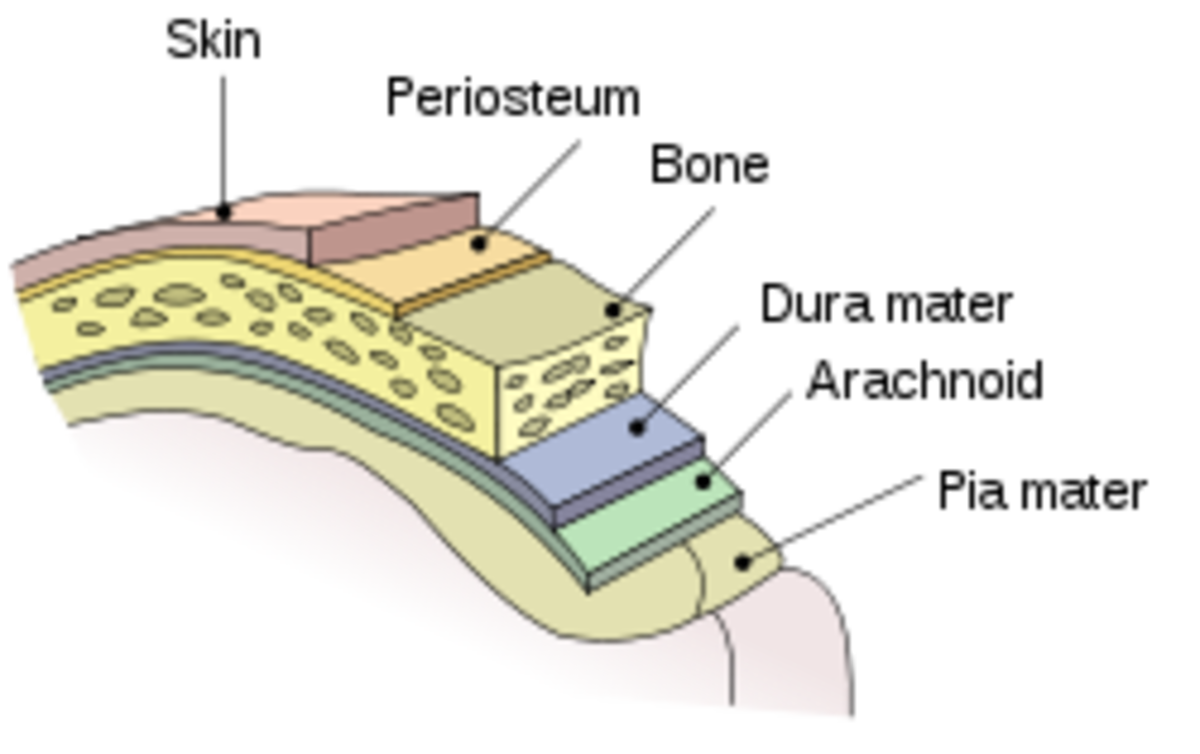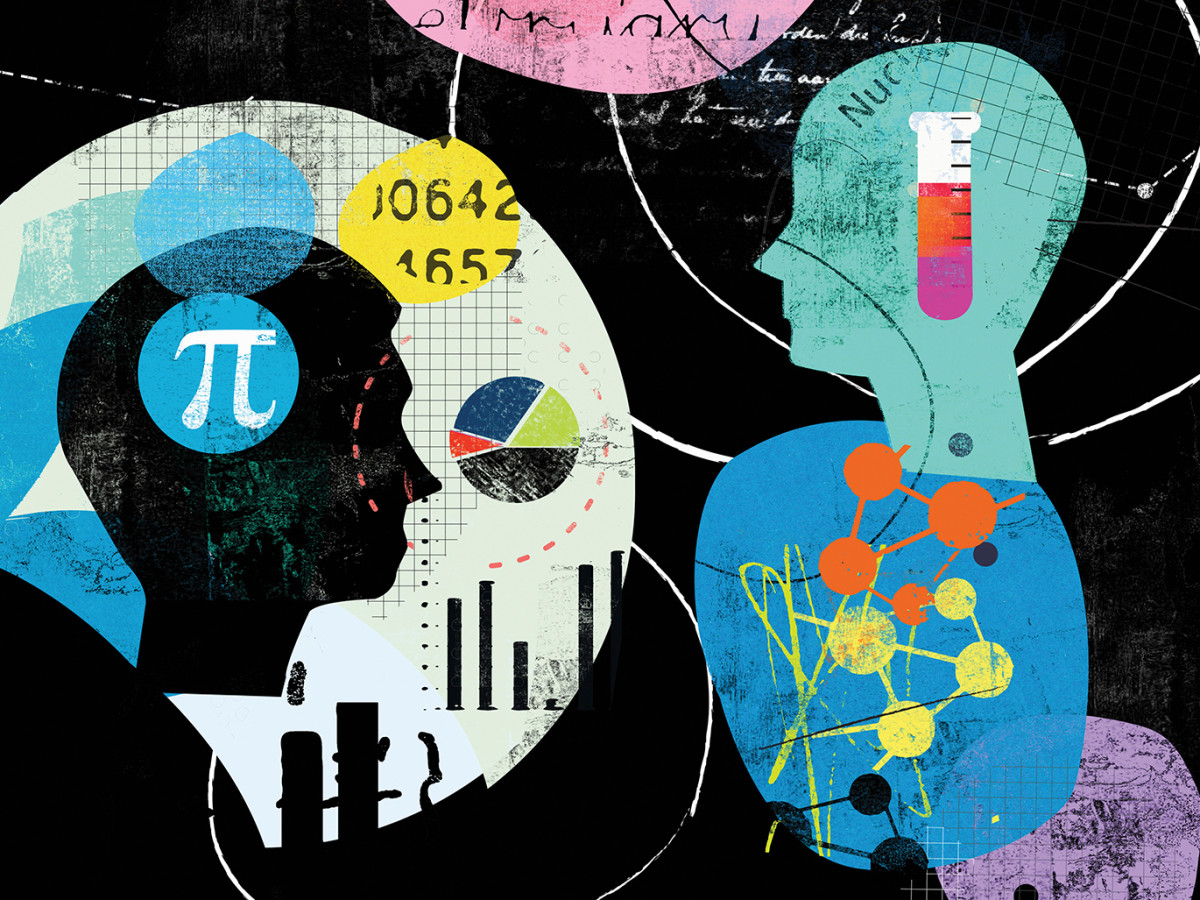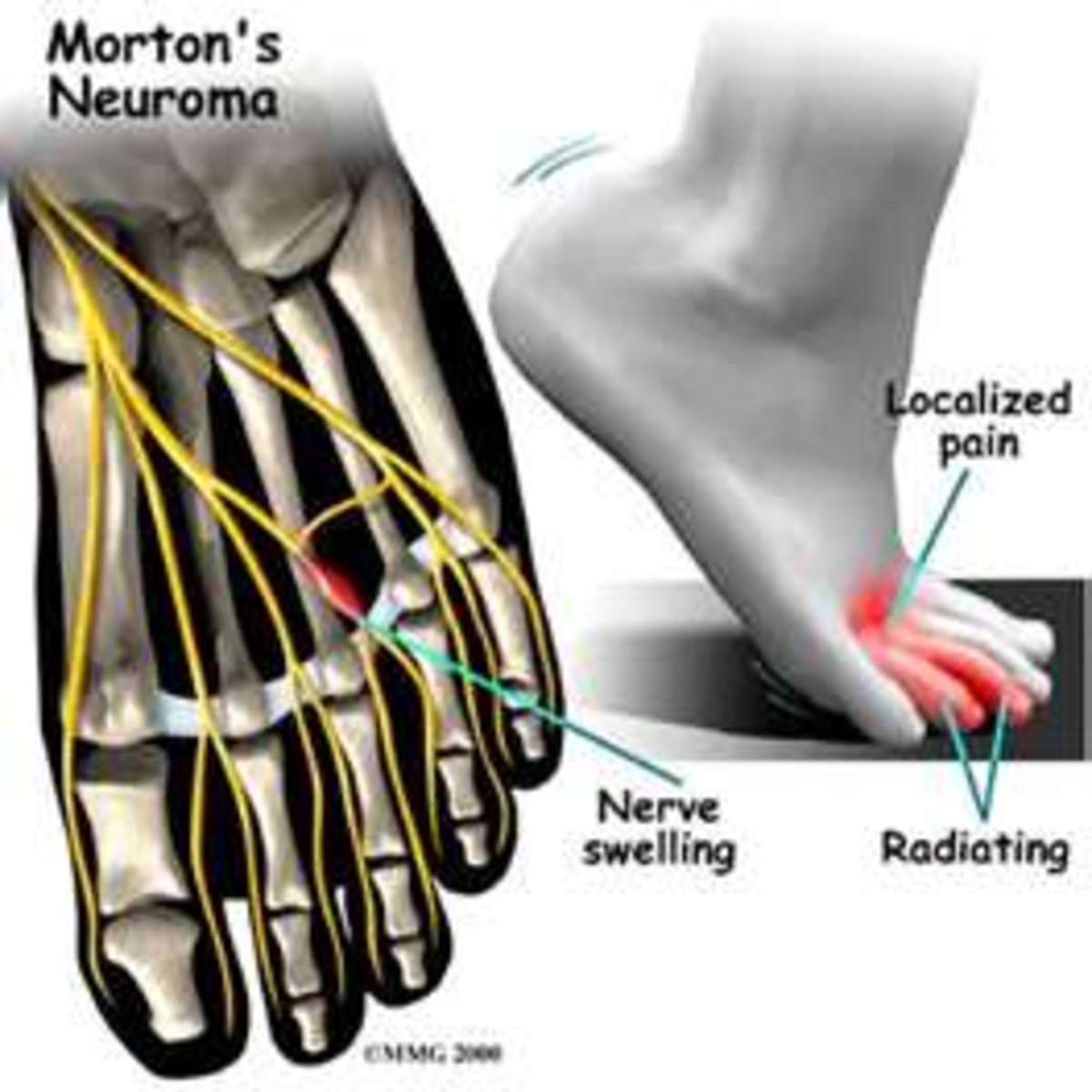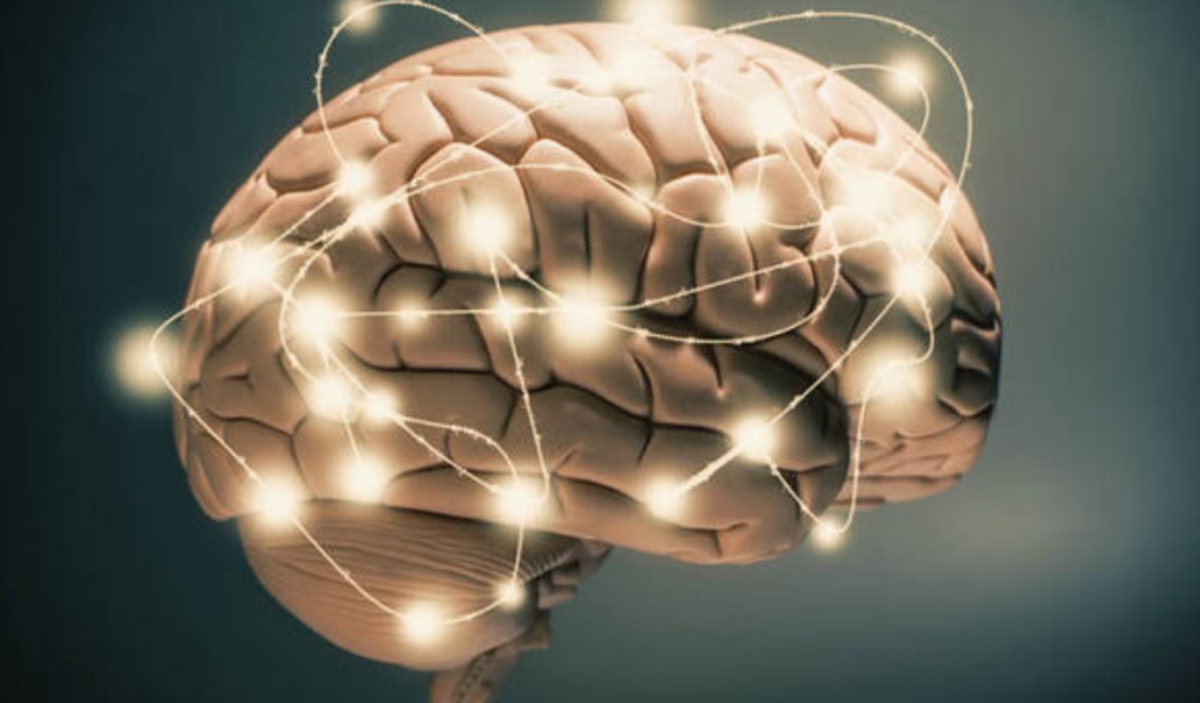Stem cells can treat traumatic brain injury in children
Traumatic brain injury (TBI) is an injury taking place in the brain as a result of a traumatic impact. It could be either a penetrating injury or a closed injury out of which closed injuries would be rather common. It accounts for almost 30% of all injury related deaths in the United States and almost 1.4 million Americans suffer from TBI each year. The incidence of such injuries have shown to be higher among children and among those who are above the age of 75 years.
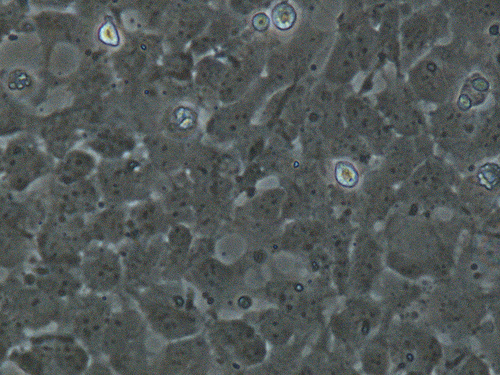
The impact of traumatic brain injury
According to statistics, TBI leads to over 50,000 deaths each year and at present; there are about 5 million people in the United States suffering from permanent disability because of a traumatic brain injury. It costs the government almost 56 billion US dollars, which sees a gradual rise each year. For many years, experts believed that, TBI in children might have a les neurological impact than in an adult as the child’s brain will continue to grow for many years and could circumvent the injuries. However, present belief does not consider it less impacting as scientists realizes the late presenting nature of childhood brain injuries.
The manifestations following TBI in children
From long-term follow-up studies of children with TBI, it is evident how they suffer from personality, behavior, as well as learning related problems, which may not be apparent in the initial stages of the injury. Some children may suffer from permanent physical disability as well. At the same time, recognizing the manifestations related to TBI may be difficult during the teenage years as certain behavioral and personality changes would take place as a usual age related phenomenon.
Stem cells and its function
Stem cells are the body’s basic cellular element, which can convert itself into different varieties of cells that perform different functions. Thus, stem cells have the ability to become blood cells, muscle cells, or even nerve cells according to the bodies need. The stem cells are located in the bone marrow and as the child ages; its number would fall and be dormant in the ever-regressing bone marrow.
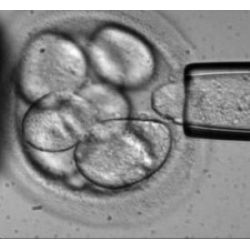
Stem cell research and traumatic brain injuries in children
Stem cell research have grown in leaps and bounds in the past decade and one such research have shed light to its potential in treating children with traumatic brain injury.
According to the researchers in The University of Texas Health Science Center at Houston (UTHealth), the stem cells extracted from bone marrows of traumatic brain injured children could be used safely in the same patient, as a treatment option. Although the research does not address how effective or how efficient is its treatment potential, it answers the critics who question the safety of stem cell treatment in pediatric patients.
However, the intravenous infusion of harvested stem cells were done within 48 hours after the TBI and the initial phase I clinical trial involved 10 children between the ages of 5 – 14 years whom have suffered from severe TBI.
The research was published in the official journal of the Congress of Neurological Surgeons, the Neurosurgery.
Future expectations from stem cell therapy in children with TBI
The research described earlier provides the scientific community with the foundation on which they can do clinical trials using stem cells, as it has proven its safe use in children. Now, it is up to the scientists to undertake further studies on stem cell therapy, and develop an effective treatment strategy with observable positive outcomes among those who have been treated.
Reference:
Center for Disease Control : TBI statistics
"Traumatic Brain Injury: Hope Through Research," NINDS. Publication date February 2002.
Discovery news : stem cells may help treat traumatic brain injuries



